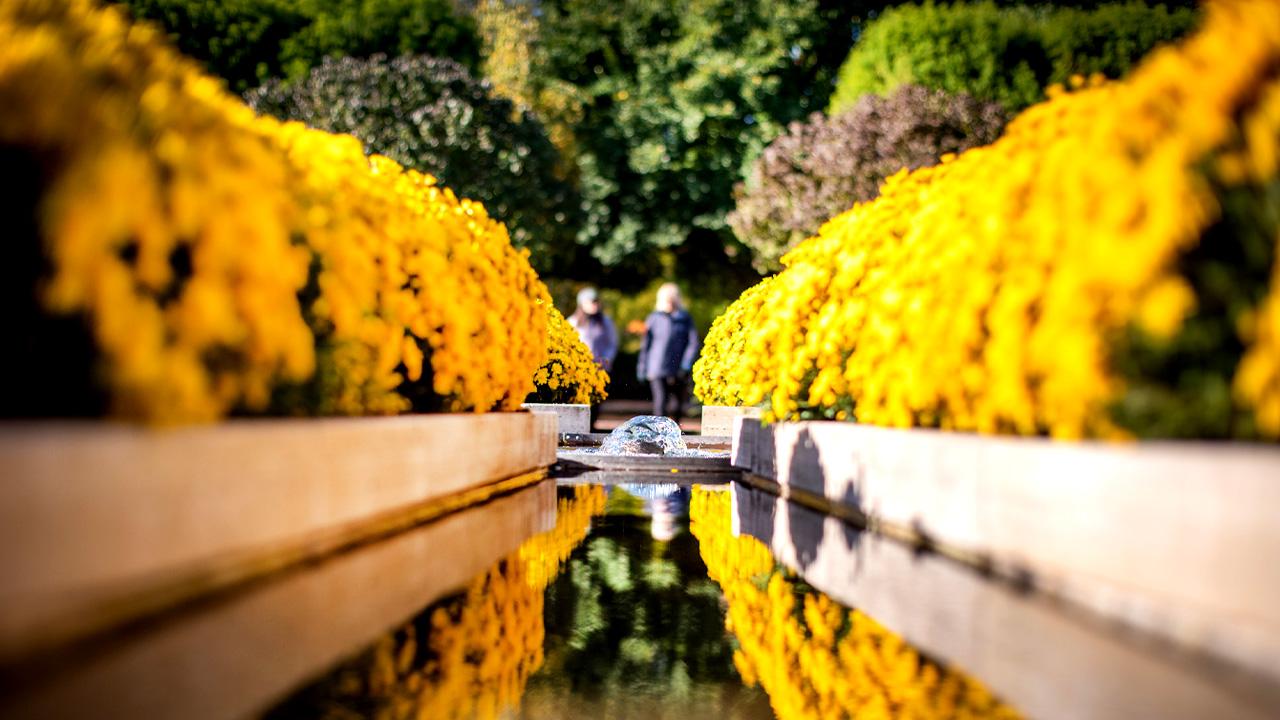At the Model Railroad Garden: Landmarks of America, you see model trains chugging charmingly through the trees, mountains, and cityscapes, and clacking across bridges as they merrily toot their horns.
You don’t see the workshop crammed with test tracks, a lathe, a drill press, soldering irons, a drawer filled with spare train motors, dozens of bins of spare parts, and rows of small jars of paint labeled “CNW yellow” and “Wisconsin Central maroon.”
But that’s what keeps the trains rolling at the Chicago Botanic Garden.

